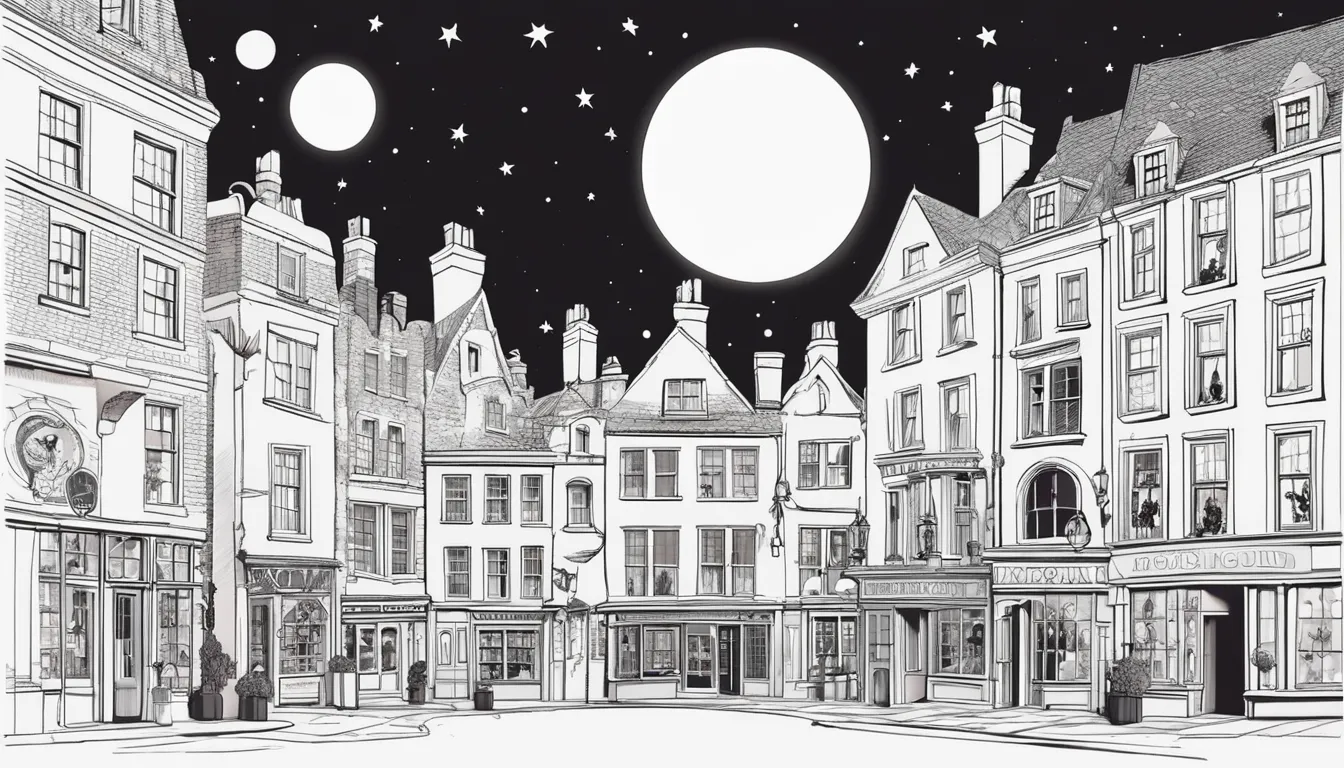Physical characteristics associated with colored stones are usually described in conditions of the method light travels through them, their exclusive enhancements, and the particular way they are slice. Here are a few terms you need to know:
Transparent. Light moves through the natural stone easily, with little distortion, enabling one to see through it easily.
Translucent. The particular stone transmits light source but diffuses this, crating an effect like frosted glass. If you attempted to read through this sort of a stone, the particular print will become darkened and hidden.
Opaque. Transmits zero light. You can easily not see through it even from a tin edge.
Special optical effects
Adularescence. A billowy, movable, colored impair effect observed in some gemstones, such as moonstones; and internal, removable sheen.
Asterism. Applied to describe the display of a star effect (four or six rayed) seen when the stone is minimize in a non-faceted style. Star ruby, garnet, and sky-blue.
Chatoyancy. The result produced in some rocks (when cut inside of a cabochon style) of a slender, bright line across the stone that normally moves as the stone is moved from side to be able to side; sometimes known as a cat’s eyesight effect.
Iridescence. A new rainbow color effect produced by a thin film of air or water within the natural stone. Most iridescence noticed in gemstones is the particular consequence of a crack breaking their surface. This detracts through the value, whether or not it looks very.
Luster. Usually makes reference to the surface area of a precious stone plus the degree in order to which it demonstrates light. Known as the particular shine on the natural stone. Diamond, for example , offers much greater luster than amethyst. Pearls are also assessed because of their luster, yet pearls have a new softer, silkier on the lookout reflection than any other gemstones. The luster throughout pearls is often known as “orient. inch
Perform of color. Employed frequently to explain the fire seen inside opal.
Cut
Coloured gems can end up being faceted or slice in the cabochon, or non-faceted, type. Generally speaking, typically the preference in the particular United States until recently was intended for faceted gems, consequently the finest materials was usually faceted. However, this did not include often the case consist of eras and other countries; in Both roman times, for example, it was taken into consideration vulgar to wear a faceted rock. Preference also varies with different cultures and even religion and the particular world’s finest gems are cut within both styles. May draw any a conclusion about quality entirely on style regarding cut.
Cabochon. Some sort of facet-less style involving cutting that yields smooth rather than faceted surfaces. These slices can be almost any shape. some are usually round with large domes; others appear like square condition domes (the well-known “sugar-loaf” cabochon); other medication is “buff-topped, ” revealing a some exactly what flattened top.
Lots of people around the globe prefer the quiet, often more mystical personality of the particular cabochon. Some lovers believe cabochons produce a richer color. Whatever the claim, today we are seeing considerably more curiosity and appreciation regarding cabochons around the globe, in addition to more beautiful cabochons than have already been observed in the market in many decades.
Faceted. A design of cutting that contains giving to be able to the stone many small faces at varying angles to one another, because in various gemstone cuts. The location, perspective, and shape of the particular faces, or features, is carefully organized and executed to be able to show the stone’s inherent beauty; flames, color, brilliance, for the fullest advantage. Right now, there are numerous faceted styles, like “fantasy” cut which combine rounded areas with sculpted shells.
The importance regarding slice
Cutting plus proportioning in exclusive and beautiful stones are essential for two major causes:
They affect typically the depth of shade observed in the stone.
They affect the liveliness projected simply by the stone.
Shade and cutting will be the most important criteria in determining the beauty of coloured stone, after which in turn carat must end up being factored in; the bigger carat weight may usually boost the value per carat, usually in a nonlinear proportion. If some sort of colored gemstone has been a good quality material in order to begin with, a good cut will improve its natural attractiveness towards the fullest and allow it to be able to exhibit its finest color and liveliness. If the identical material is reduce poorly, its organic beauty will always be lessened, causing this to appear dark, as well light, or perhaps “dead. inch
For that reason, when you examine a colored material that looks exciting in your eye and has good color; not too dark plus too pale, you can assume typically the cut is moderately good. If the gemstone’s color will be poor, or if it lacks liveliness, you must take a look at i for proper cut. If that has been cut properly, you can easily assume the basic material was weak. If the minimize is poor, yet , the material may be very good and can possibly be re-cut once more in a beautiful treasure. In his case an individual may wan in order to confer with a qualified cutter to see if it is beneficial to re-cut, considering cutting costs and loss in fat.
Evaluating the trim of an exclusive and beautiful treasure
When evaluating the gemstone with regard to proper cut, some sort of few considerations need to guide you:
Is the shade pleasing, and does the stone include life and excellent?
If the response is yes in order to both questions, next the basic materials is probably good, and you should make a decision structured on your individual preferences and price range.
Could be the color also light or too dark?
In that case, and the cut seems good, the basic uncut material was basically probably too gentle or too black to begin using. Consider パワーストーンショップ if you see typically the stone pleasing, and only if the cost is right, we. e., significantly lower than gemstones of better color.
Is the gemstone’s brilliance even, or are generally there dead spots or flat areas?
Generally the brilliance in colored gemstone is usually not uniform. If the color is exceptional, subdued brilliance might not have a dramatic influence on its attraction, desirability, or value. Yet , the significantly less fine the shade, the more crucial brilliance becomes.
Pounds
Weight, as together with diamonds, weight inside colored gemstones is definitely measured in karats. All gems usually are weighted in karats, except pearls and coral. These substance can be purchased by typically the grain, momme, in addition to millimeter. A feed is 1/4 karat; a momme will be 18. 75 karats.
Normally, the greater the particular weight, the increased the worthiness per karat, unless the gems reach unusually huge sizes, for example of this, in excess associated with 50 carats. With that point, size may become prohibitive use with some varieties of jewelry (rings or earrings), offering such large gems can be tough, and price for every carat may decline. You will discover genuine minimize topazes weighting 2, 500 to twelve, 000 carats, which in turn could be applied seeing that paper weights.
While with diamonds, usually do not confuse weight together with size. Some gemstones weigh more as compared to others; the denseness (specific gravity) regarding basic material will be heavier. Ruby is heavier than emerald green, so one karat ruby will have a different sizing than an in the same way shaped and proportioned emerald; the dark red will be more compact in size mainly because it is heavier. Emerald weighs in at less than diamond, so an one particular carat emerald slice in the same shape and with the same proportioning as a diamonds will larger as compared to the diamond, due to the fact it is brighter, and more mass is definitely required to achieve the same pounds.
Some gemstones will be readily available within large sizes; tourmaline, for example, frequently occurs over twelve carats. For some other gemstones, sizes over 5 carats may possibly be very uncommon and therefore regarded as large, and can also command some sort of proportionately higher price. Examples include important topaz, alexandrite, demantoid and tsavorite garnets, ruby, and crimson beryl. With gemstones which might be rare inside large sizes, the 10 carat stone can command virtually any price.
Scarcity involving certain sizes between different colored gems afects the definition involving “large” in the colored gemstone market. A fine 5 karats alexandrite or ruby is a very large stone; an 18 carats tourmaline is a “nice size. “
Much like diamonds, gemstones under one carat cost less per karat than stones over 1 carat, although here it turns into more complex. The description of “large” or perhaps “rare” sizes differs tremendously, as does cost, depending upon the kind of the gemstone. for instance , an 8 carats tourmaline is a good average size rock, fairly common, and even will be costed accordingly. A a few carat tsavorite is extremely rare, and will certainly command a cost proportionately much greater as compared to a 1 carat stone. Precious topaz used to end up being readily available inside 20 carats sizes and larger, although today even ten carats stones involving very fine color are practically nonexistent and their cost has jumped greatly.


